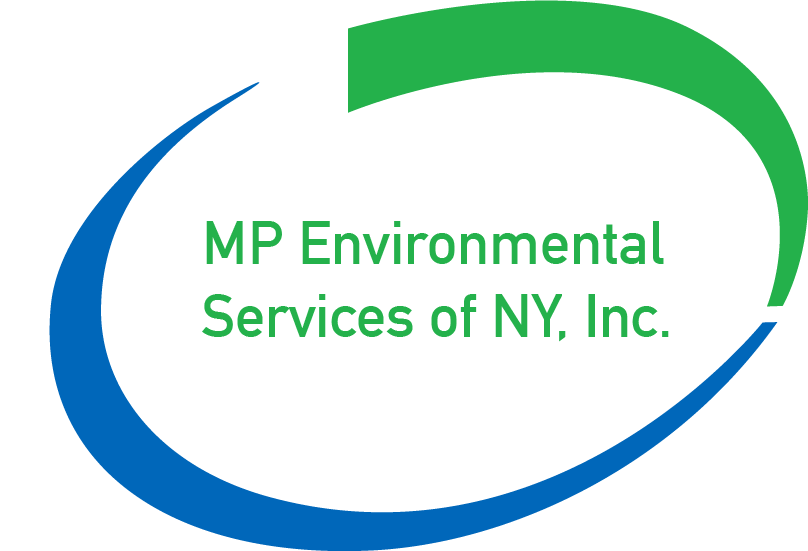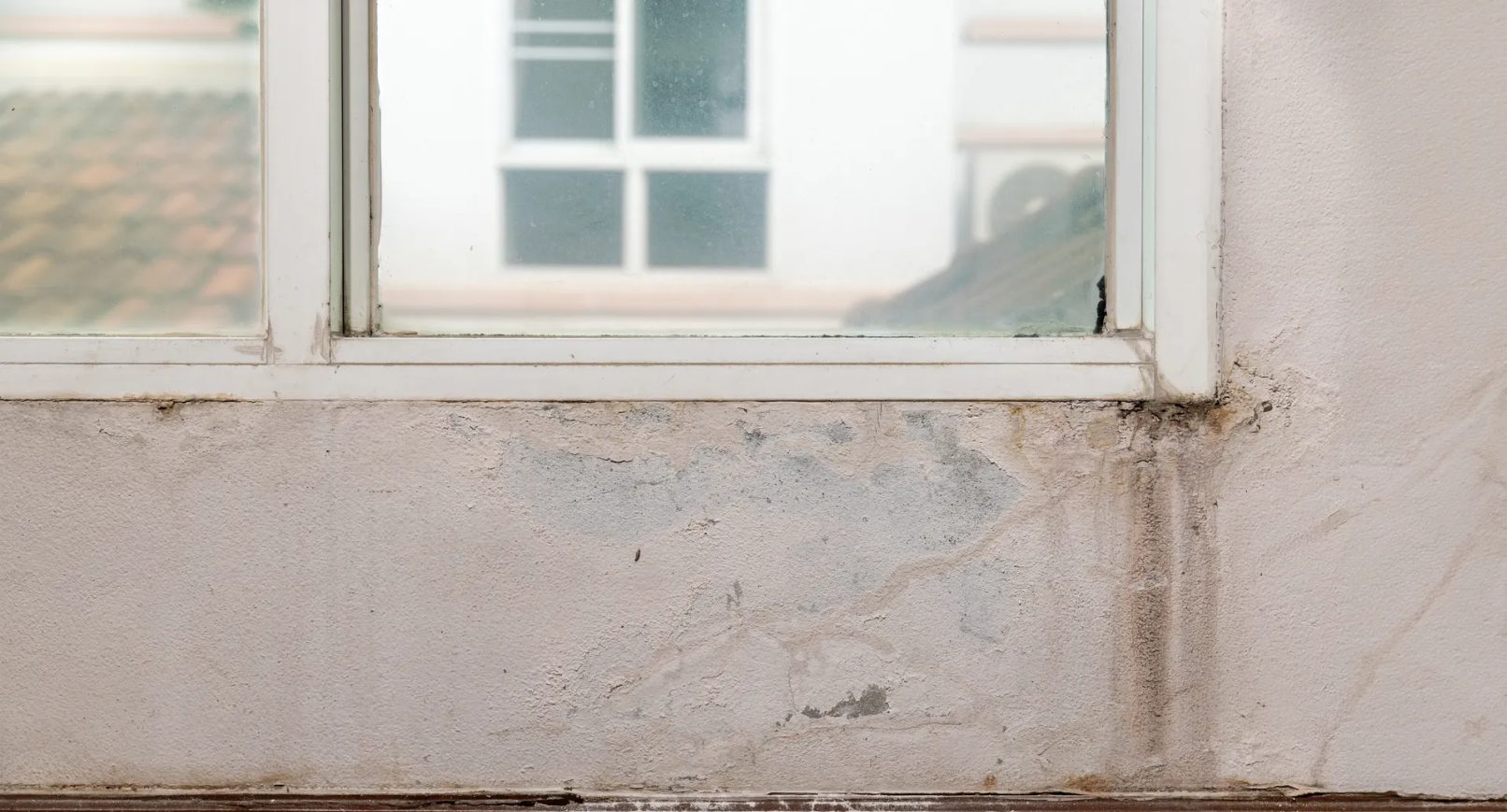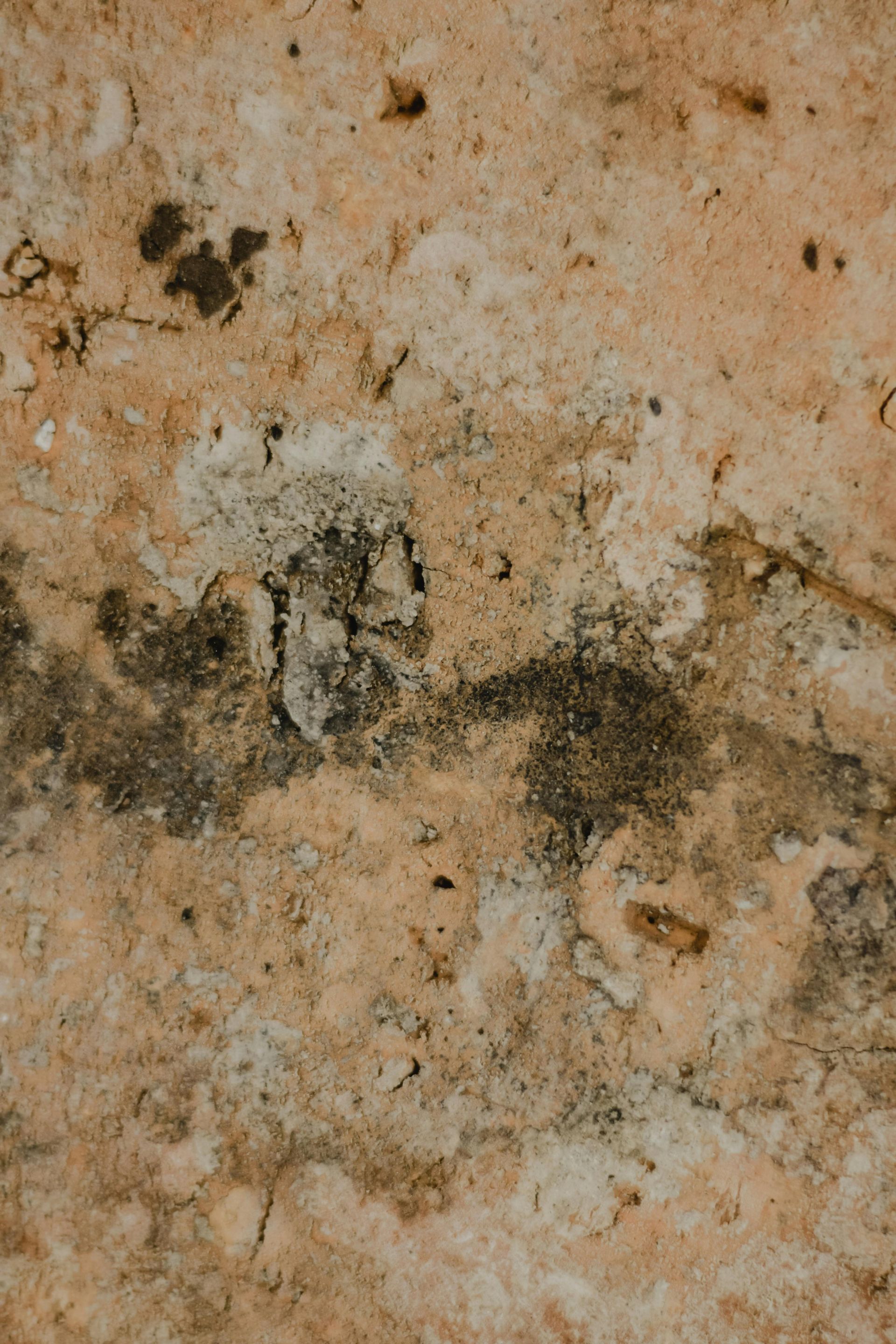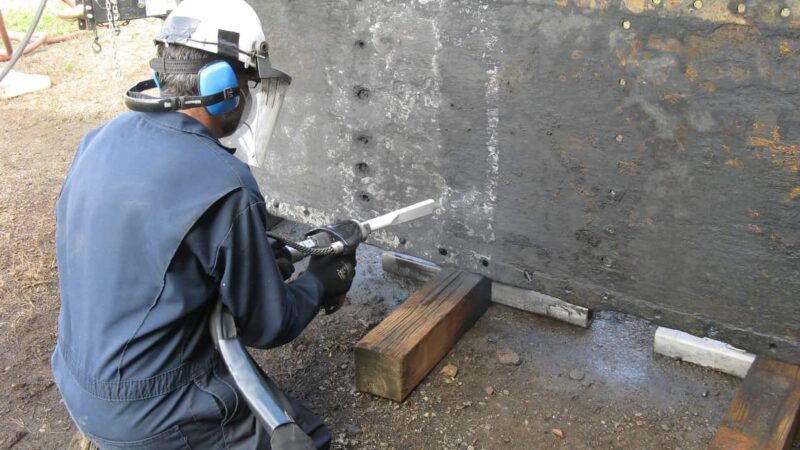The Science Behind PCB Risks: Why Even Small Amounts Matter
Understanding PCB Risks: Health, Safety & Compliance
Polychlorinated biphenyls (PCBs) may no longer be manufactured, but they remain one of the most persistent environmental hazards on job sites. Found in older caulks, paints, sealants, and light ballasts, PCBs pose serious risks even in trace amounts. Contractors and property managers must understand the science behind these risks—and why proper remediation is critical.
Why Even Small Amounts Are Dangerous
PCBs are toxic, bioaccumulative chemicals that don’t break down easily in the environment. Studies link even low-level exposure to health issues, including:
- Cancer risks from long-term exposure.
- Immune, reproductive, and nervous system impacts.
- Developmental effects in children exposed in schools or homes with legacy PCBs.
Because they cling to materials and surfaces, PCBs can leach slowly into dust, soil, and water—turning small contamination into a long-term hazard.
Compliance
Federal law under the Toxic Substances Control Act (TSCA) regulates PCB use, storage, and disposal. Failure to handle contaminated materials properly can lead to steep fines and liability issues. Even small amounts must be tested, documented, and disposed of in accordance with strict EPA standards.
How MP Environmental Tackles PCB Remediation
MP Environmental brings decades of experience identifying and eliminating PCBs from construction and renovation sites. Their approach includes:
- Site Investigation & Testing – Identifying where PCBs hide (caulks, sealants, paints, light ballasts, masonry).
- Safe Removal & Disposal – Using proven techniques to eliminate contaminated materials.
- Containment & Air Quality Controls – Protecting workers and surrounding communities.
- Compliance Assurance – Ensuring every step aligns with EPA and state regulations.
Why It Matters for Contractors
For contractors, the risks of ignoring PCB contamination extend beyond fines—exposure puts crews, occupants, and surrounding communities at risk. By partnering with an experienced remediation company, contractors safeguard their projects, their reputation, and public health.
PCBs may be invisible, but their impact is powerful. Even trace amounts matter.
👉 Don’t risk compliance or health—contact MP Environmental
for trusted PCB testing and remediation.






